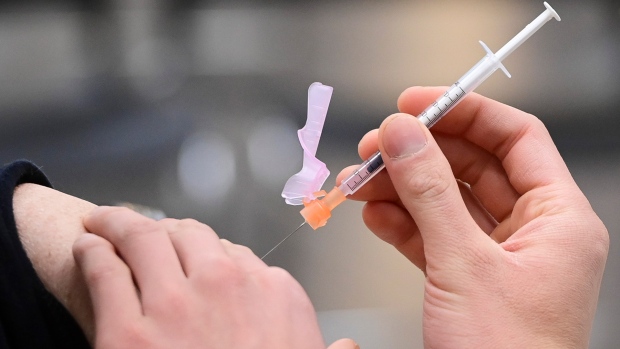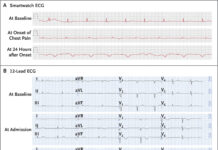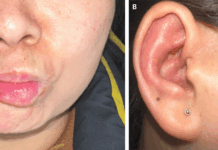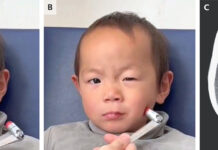Vaccination against COVID19 is hope during the chaos of the pandemic. But it doesn’t come without its baggage of side effects!
A middle-aged woman complained of fever a few hours after she got her COVID19 vaccination. This febrile episode was self-limited and isolated. She had no other episodes of fever, nor did she require any treatment for it.
However, 6 days later, she developed fever, rigors, and difficulty in breathing. Moreover, she also developed a severe headache and jaw pain. Therefore, she immediately sought medical attention by presenting to the emergency department.
In the emergency room, she underwent investigations; but no tests were able to point out an aetiology. The doctors in the ER prescribed her azithromycin and they discharged her. Consequently, her fevers, rigors, and dyspnoea resolved. However, the headaches were stubborn.
She continued to have headaches along with visual disturbances.
Around 16 days after her vaccination, she developed petechiae on the lower limbs and around the eyes (periorbital). Moreover, she developed ecchymoses. Along with these changes, she experienced pain in the bilateral lower extremities, swelling in the right leg, and intermittent shortness of breath.
She then visited the outpatient department to seek medical attention. An ultrasound of the right leg revealed deep vein thrombosis. Therefore, the physician started her on dabigatran (an oral direct thrombin inhibitor). However, at that time, they did not record her platelet count.
Approximately, 17 days after vaccination, i.e., the next day after she visited the outpatient department, she lost consciousness. She was taken to the ER immediately. In the ER, her serology showed a platelet count of 10 ×103/µL.
Magnetic resonance imaging of the brain revealed right transverse and right internal jugular vein thrombosis.
There also have been other reports of cerebral venous thrombosis with thrombocytopenia.
Cerebral venous sinus thrombosis (CVST) or cerebral venous thrombosis (CVT) is the presence of a blood clot in the veins of the brain. Due to this clot, the blood in the brain cannot leave the brain, as veins are responsible for carrying the blood away. Subsequently, the blood pools up in the brain and results in a haemorrhage and oedema. Symptoms include headache, blurred vision/visual disturbances, fainting, dizziness or loss of consciousness, seizures, and even coma.
Treatment should be started as soon as the diagnosis is confirmed. Anticoagulation and the management of symptoms, e.g., seizures, hypertension, etc. are the mainstay of management. Some cases might require surgical management.
Source: See I, Su JR, Lale A, et al. US Case Reports of Cerebral Venous Sinus Thrombosis With Thrombocytopenia After Ad26.COV2.S Vaccination, March 2 to April 21, 2021. JAMA. Published online April 30, 2021. doi:10.1001/jama.2021.7517




